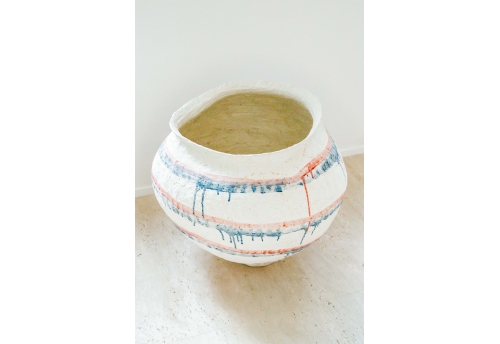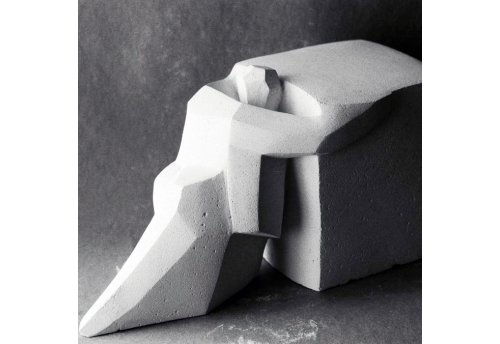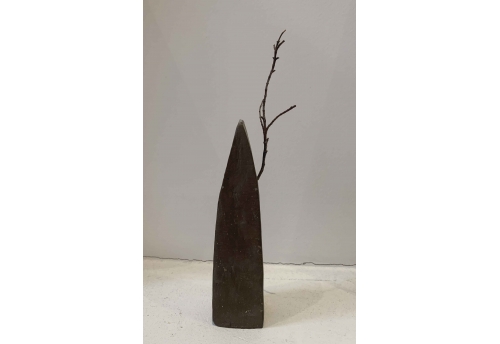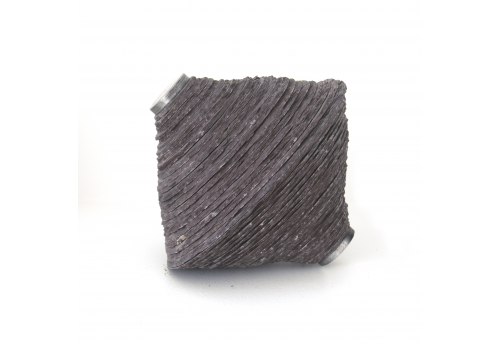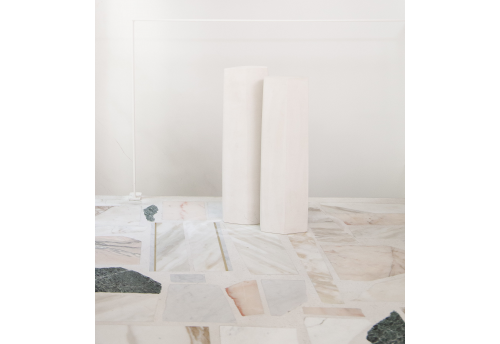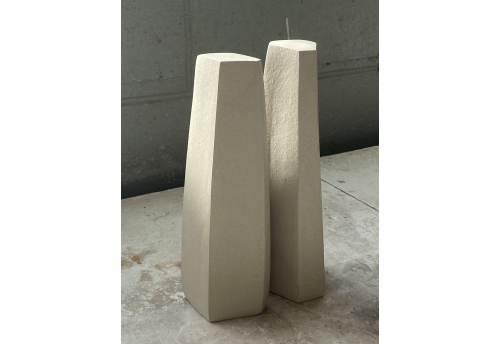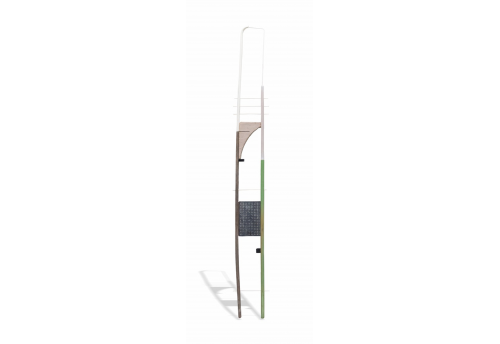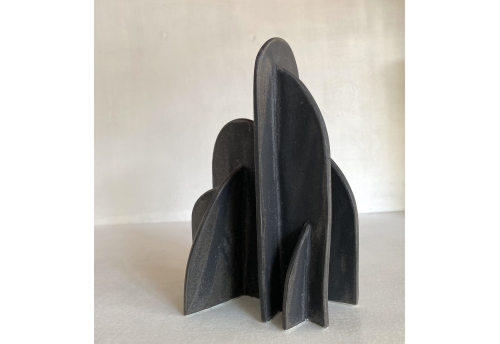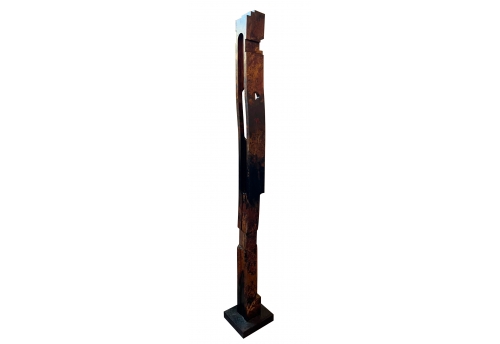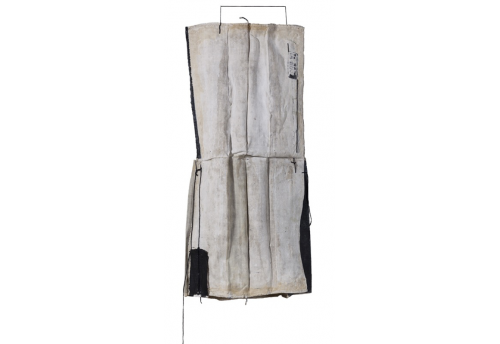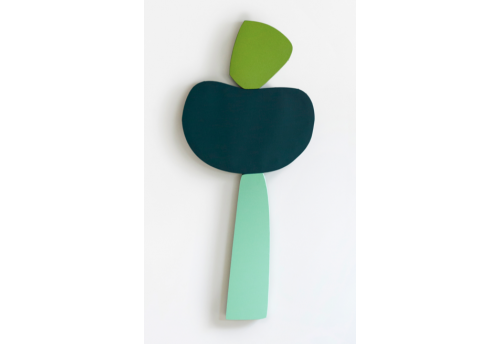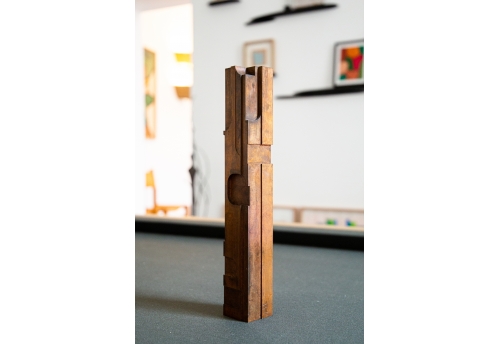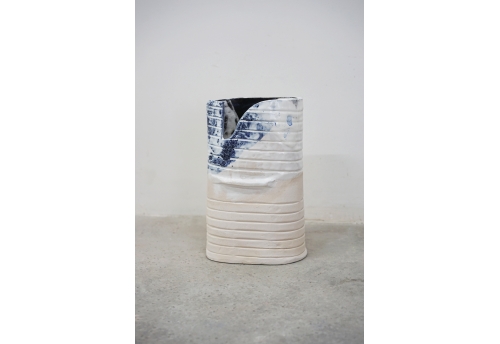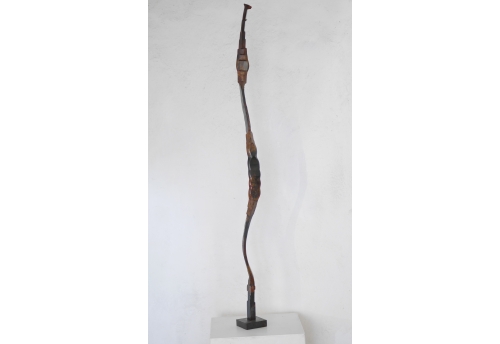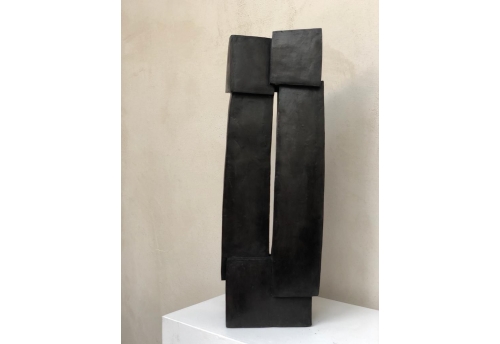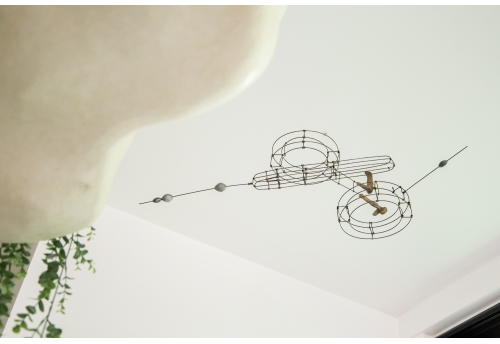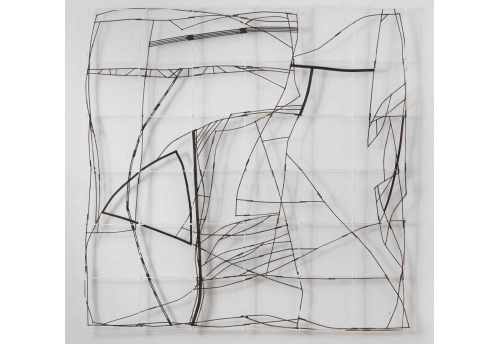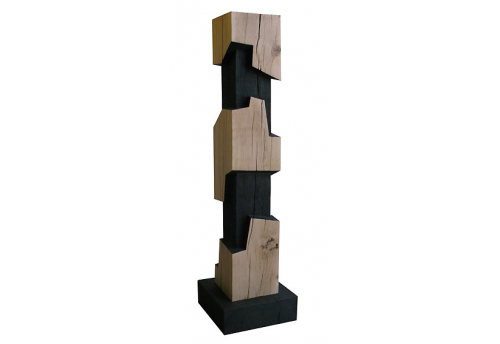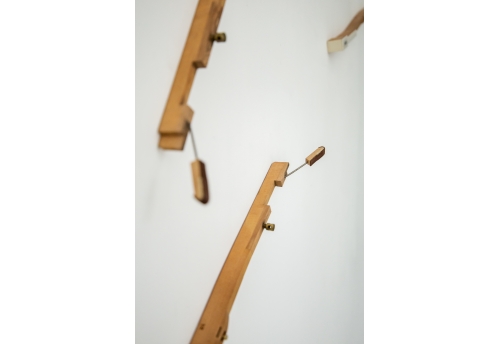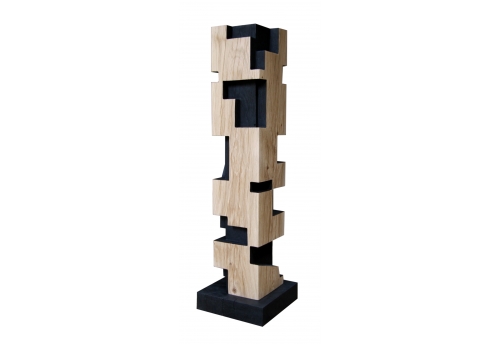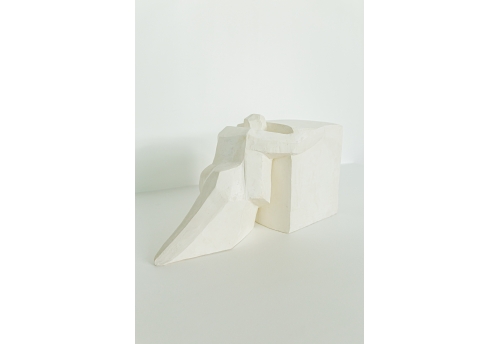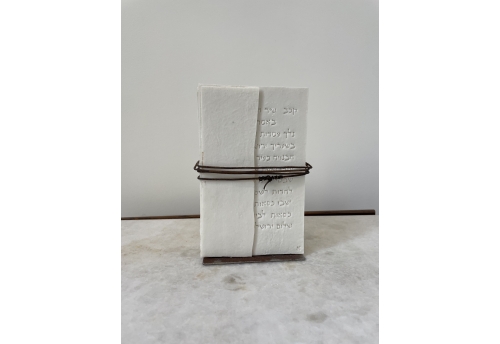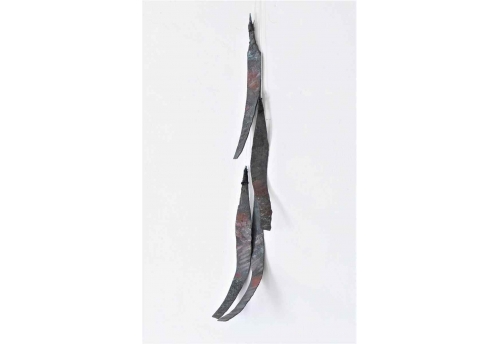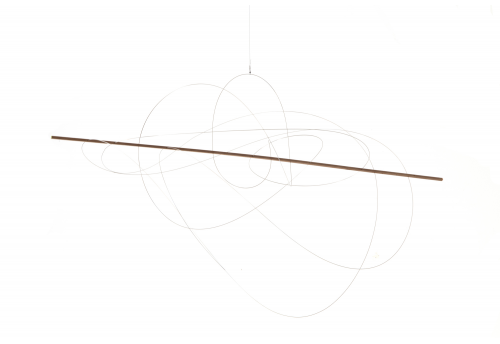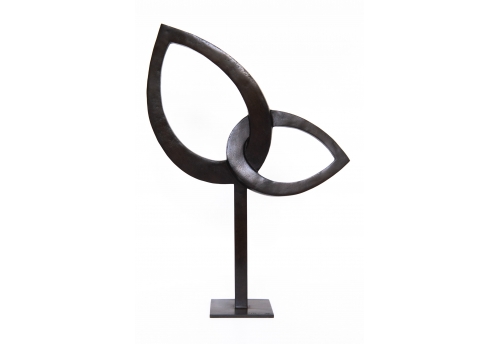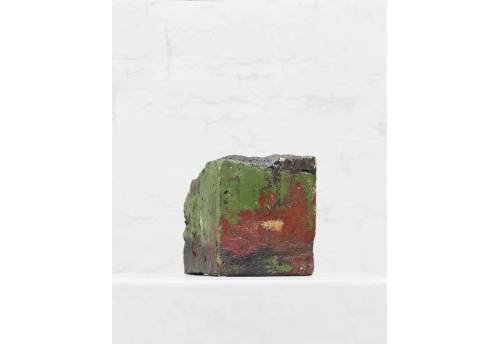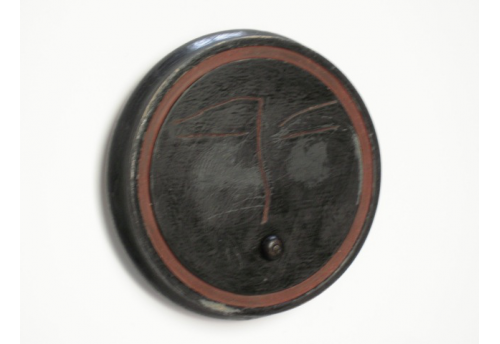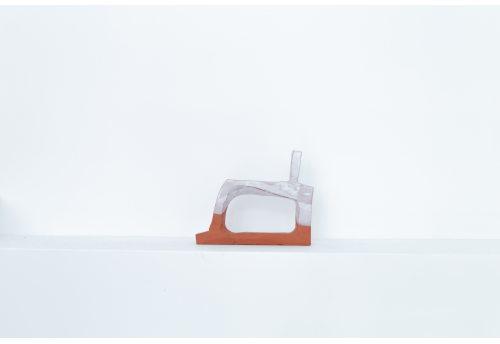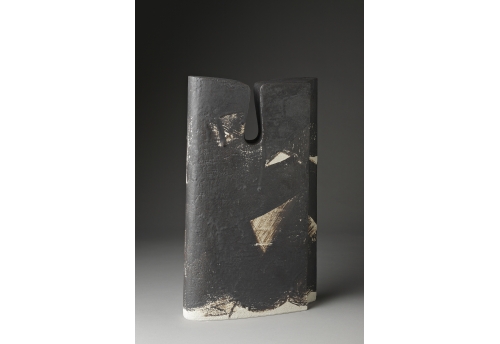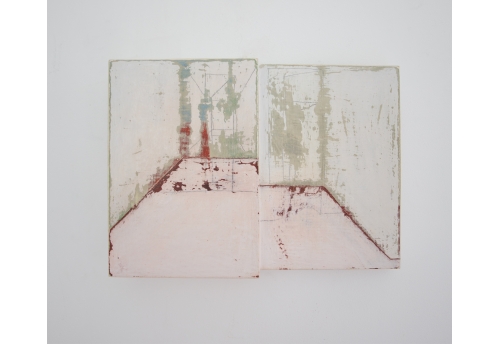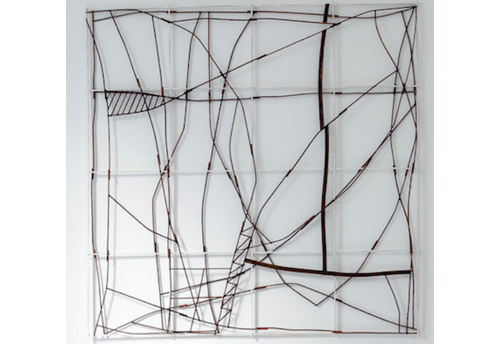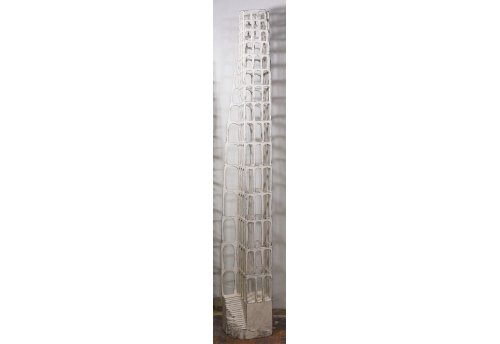Sculpture
EN SAVOIR PLUS
Pilar Angeloglou
L'illusion
$ 7,150
Nadine de Garam
Petite maison III
$ 600
Michel Kirsch
Cocon2
$ 1,150
Anouk Albertini
Couple 1
$ 10,000
Anouk Albertini
Couple XIII-IV-23 Paradou 2
$ 3,800
Tanguy Tolila
Echelle 24
$ 3,950
Guido De Zan
Cattedrale
$ 1,550
Patrick Lainville
Sans titre 24
$ 4,600
Nadine Altmayer
Dépliage 1
$ 3,550
Margaux Pecorari
Babbone
$ 6,450
Anouk Albertini
Family Construction
$ 6,850
Patrick Lainville
Sans titre 1
$ 3,900
Emmanuelle Roule
Vase Sohoko 02
$ 950
Patrick Lainville
Cuivre
$ 5,000
Delphine Brabant
Unité VI terre
$ 8,150
Choun Vilayleck
Assemblage VI
$ 3,650
Alban Lanore
Grande colonne
$ 7,500
Alban Lanore
Colonne IV
$ 6,000
Pilar Angeloglou
L'illusion
$ 6,500
Elisabeth Raphaël
Psaume 122
$ 5,500
Patrick Lainville
4 plumes de fer
$ 3,050
Colette Billaud
STR 18.01
$ 3,950
Patrick Lainville
Fer forgé - Sans titre
$ 7,850
Victoire d'Harcourt
Magna Folia
$ 7,150
Anouk Albertini
Famille, VI-VII-21
$ 2,600
Jean Duruisseau
Poroja 52
$ 1,300
Tanguy Tolila
Dynastie 22
$ 1,250
Emmanuelle Roule
Imota - sculpture
$ 400
Elisabeth Raphaël
Danser vers l'abîme 6
$ 5,000
Sophie de Garam
Boîte 17
$ 900
Emily Payne
Sheath
$ 12,000





